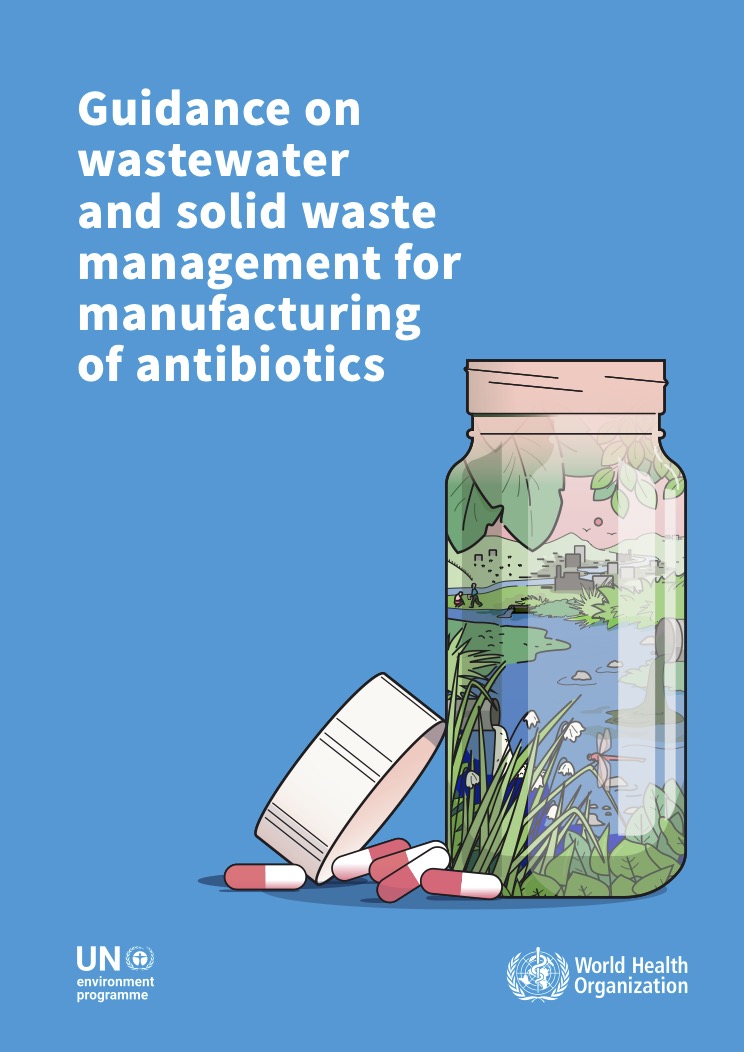World Helath Organization (WHO), 2024

Control of pollution from antibiotic manufacturing is a key part of safeguarding the longevity of antibiotics for all. Pollution contributes to antibiotic resistance and potentially undermines the effectiveness of medicines. High levels of antibiotics in water bodies downstream of manufacturing sites have been widely documented. Currently, antibiotic pollution from manufacturing is largely unregulated and quality assurance criteria typically do not address environmental emissions.
This guidance has been called for by a myriad of international bodies, strategies and reports. Its purpose is to provide an independent scientific basis for inclusion of targets in binding instruments to prevent the emergence and spread of antibiotic resistance.
The target audiences are: regulatory bodies; procurers of antibiotics; entities responsible for generic substitution schemes and reimbursement decisions; third-party audit and inspection bodies; industrial actors and their collective organizations and initiatives; investors; and waste and wastewater management services.
This guidance also includes best practices for risk management, including internal and external audit and public transparency. Crucially, this guidance includes progressive implementation, and stepwise improvement when needed recognizing the need to protect and strengthen the global supply, and to ensure appropriate, affordable and equitable access to quality-assured antibiotics.
ISBN: 978-92-4-009725-4



